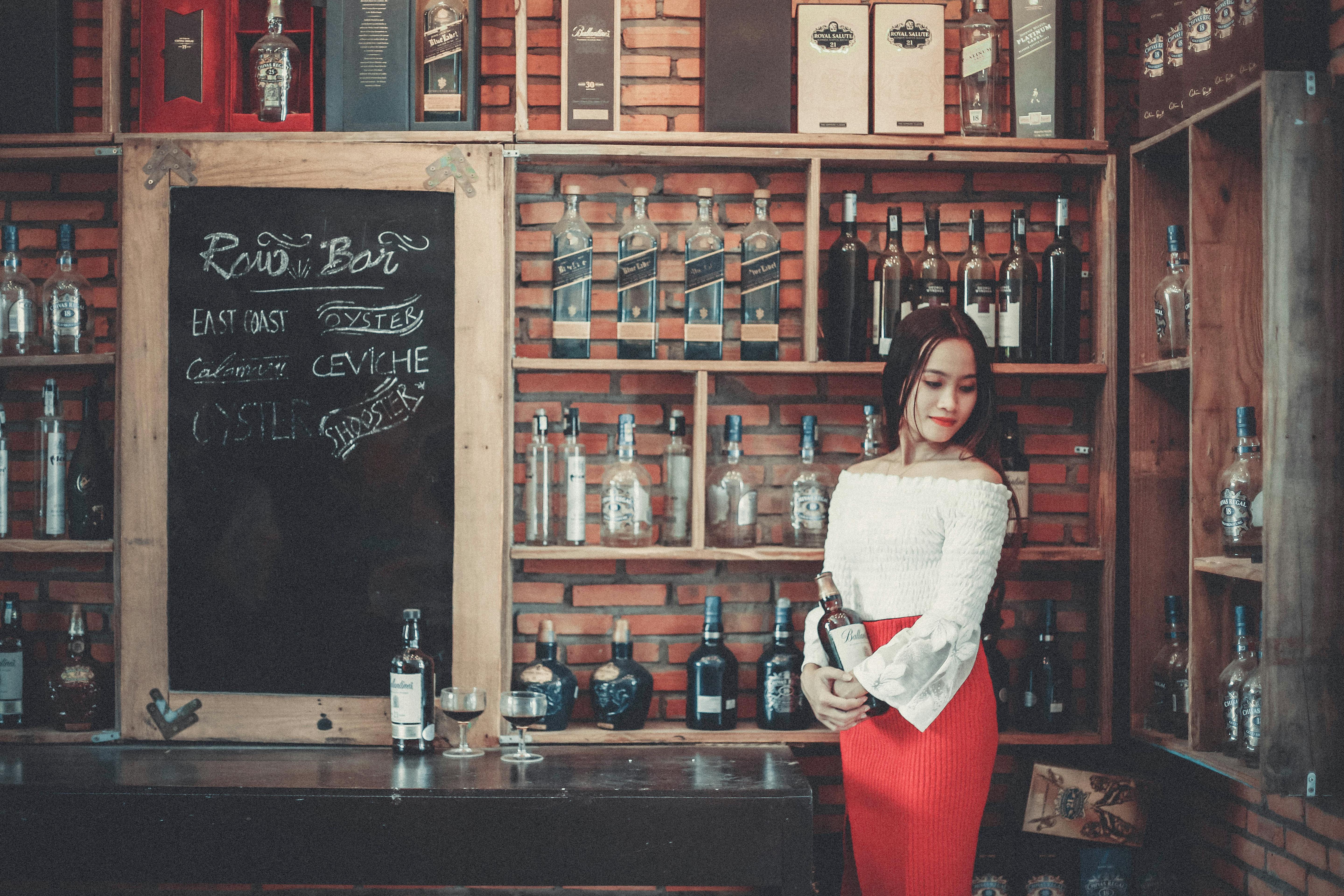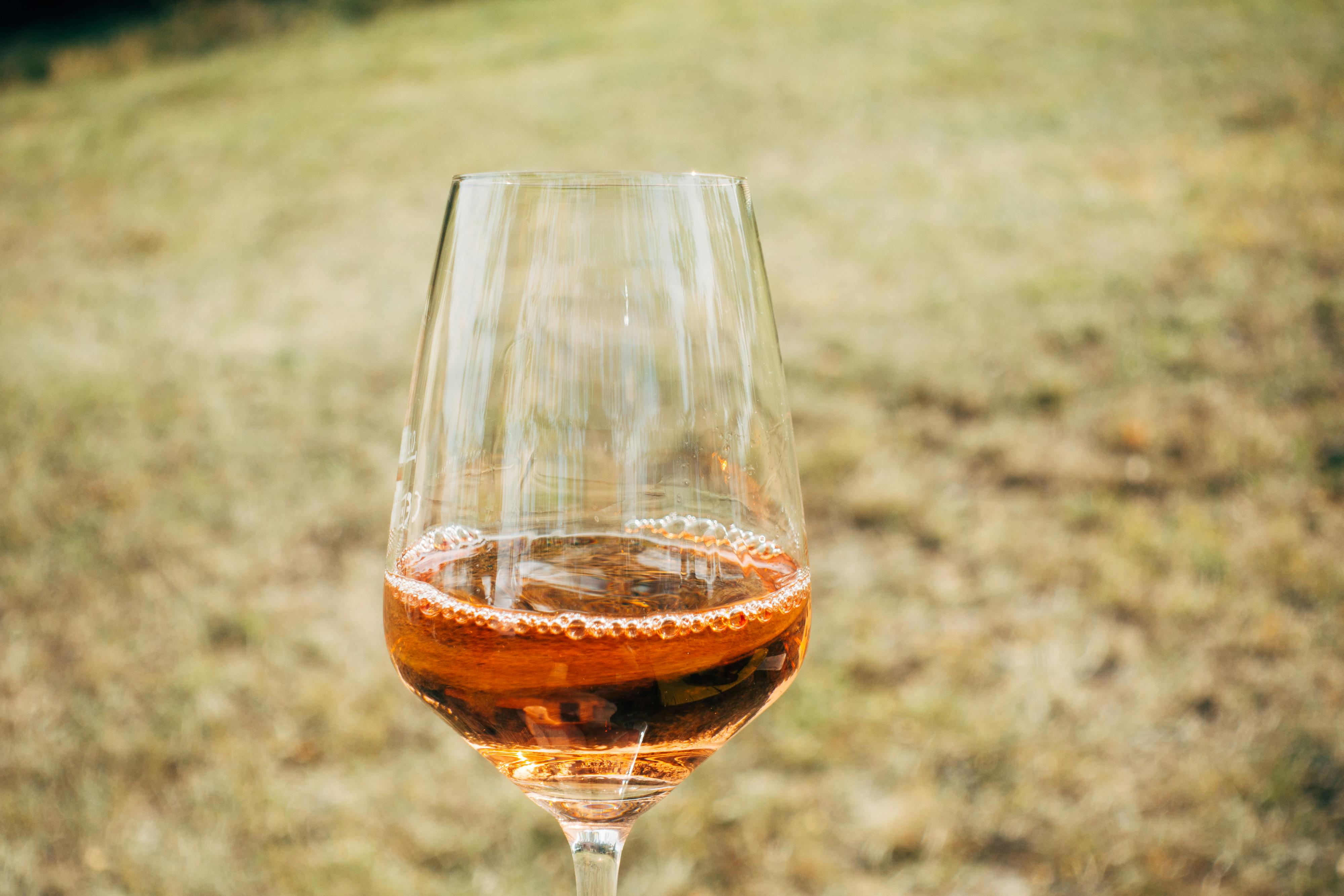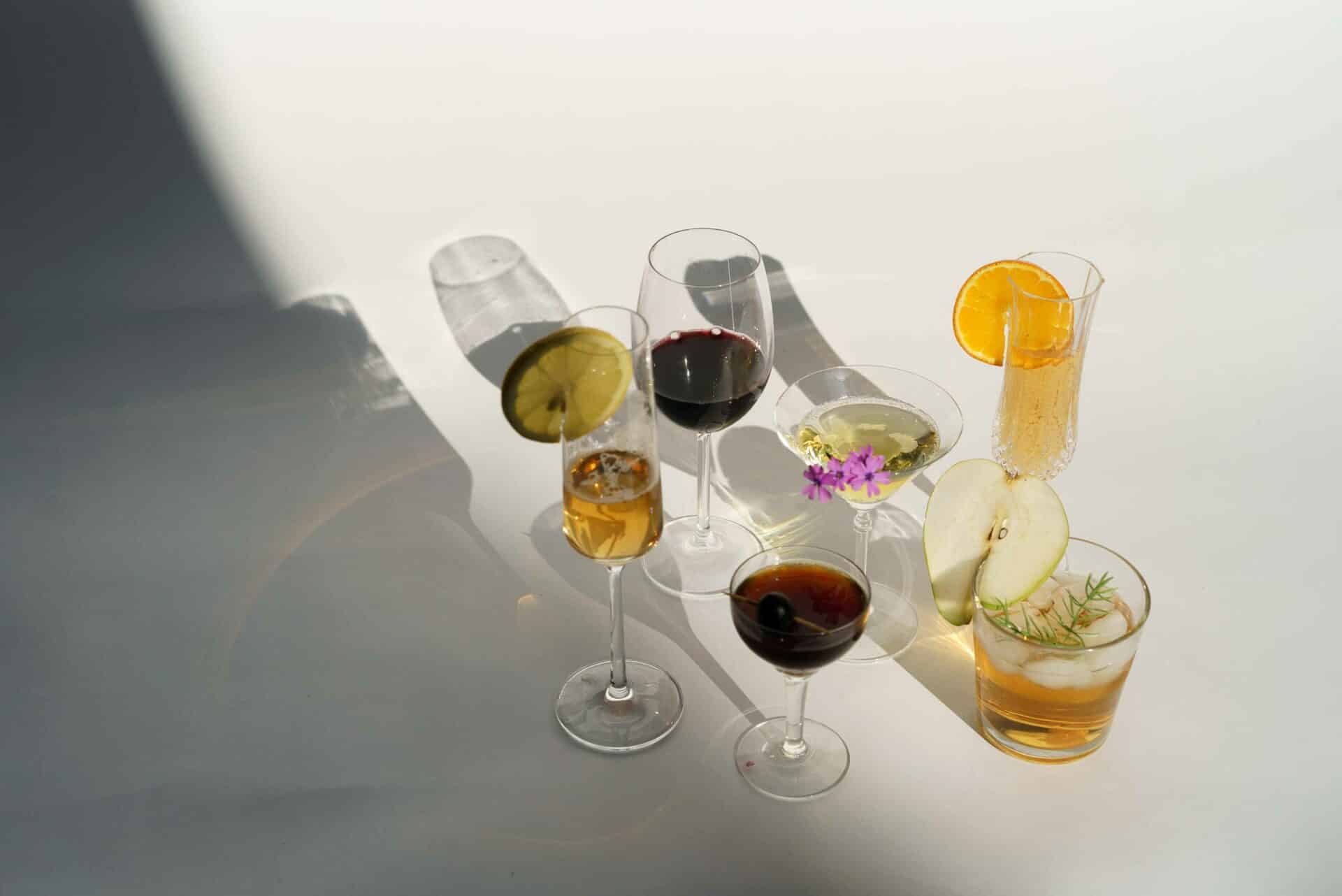Brandy is a type of distilled spirit made from fermented fruit juice, typically wine. It is usually aged in wooden casks, which helps to give it its distinctive flavor and character. If you have a bottle of wine that you would like to turn into brandy, distilling it is the best way to do so. Distilling brandy from wine is not difficult but it does require patience and attention to detail. In this guide we will discuss the steps involved in distilling brandy from wine, as well as some tips for achieving the best results.Essential equipment for distilling brandy from wine includes a still, a condenser, a collection container, and an alcoholmeter. The still is the large vessel where the wine is heated and vaporized. The condenser is used to cool the vaporized alcohol and turn it back into liquid. The collection container is used to collect the condensed liquid (brandy). An alcoholmeter is used to measure the strength of the brandy.
Types of Brandy and Wine to Choose For Distillation
When it comes to distilling brandy and wine, it is important to choose the right type of alcohol to get the best possible result. Brandy is a type of spirit that is made by distilling wine, so you need to make sure that you choose a good quality wine for your distillation. The best types of wine for distillation are those with higher sugar content, such as sweet dessert wines like Muscat, Riesling, or late harvest wines. Other popular options include fortified wines like port or sherry, as well as dry reds and whites.
When it comes to brandy distillation, there are two main types: pot still or column still. Pot stills use a single heated chamber to produce one batch at a time with more flavor complexity than column stills. Column stills use multiple chambers in which the alcohol vapors are separated from the liquid and then condensed back into liquid form. Column stills produce a cleaner product than pot stills and allow for larger amounts of alcohol production in less time.
No matter which method
Preparing the Wine for Distillation
Distilling wine is a complex process that requires careful preparation. The quality of the final product depends on the quality of the starting material, so it is important to ensure that the wine is prepared correctly before beginning distillation. Before beginning distillation, it is important to check the level of acidity, alcohol content and sugar in the wine. If these levels are too high or too low, they can affect the flavor and aroma of the final product. Additionally, any foreign matter present in the wine must be removed before distillation begins. This includes cork particles, sediment, and yeast cells. Once these steps have been completed, it is time to begin preparing the wine for distillation.
The first step in preparing the wine for distillation is to heat it gently. This helps to break down any remaining solids and also reduces some of the alcohol content. The temperature should not exceed 140°F (60°C). After heating, it is important to cool the wine quickly by passing it through a cold water bath or cooling coil. This helps to preserve its flavor and aroma.
Next,
The Process of Distilling Brandy From Wine
Distilling brandy from wine is a complex process that involves several steps. Firstly, the base material, which is typically a white or red wine, is fermented and aged for several months or years. After aging, the wine is heated in a still to vaporize the alcohol, allowing it to be collected in a condenser. This separates the alcohol from the remaining liquid, which is then discarded.
The next step in distilling brandy is to add water to the alcohol vapor and reheat it in order to produce a higher-proof spirit. This process of redistillation increases the alcohol content of the brandy and also removes any impurities from the spirit. The resulting liquid is then aged for several more months or years in oak barrels, allowing it to take on its distinctive flavor and aroma.
Finally, after aging, the brandy can be bottled and sold as either a single-distilled product or blended with other spirits or wines. Blended brandies are often used to create unique flavor profiles that are not achievable with single-distilled spirits. Brandy can also be flavored with botanicals such as
How to Tell When the Brandy is Ready
Knowing when your brandy is ready to drink can be a tricky process. The key is to pay close attention to the flavor, aroma, and color of the brandy as it ages. Here are some tips on how to tell when your brandy is ready.
First, take note of the color of the brandy as it ages in the bottle. The color should gradually change from a light yellowish hue to a darker amber or golden color. This process can take several weeks or even months depending on the type of brandy you are drinking.
Second, smell your brandy regularly and take note of any changes in its aroma. As it ages, you should start to notice subtle notes of sweetness and fruitiness that come from the aging process. Be sure not to overdo it though as too much sniffing can damage the flavor of your brandy.
Finally, taste a small sample of your brandy before serving it to others. The flavor should be smooth and sweet with no sharp or bitter notes. If you find that there are still harsh alcohol flavors present after aging, then your brandy may

Storing the Brandy
Once the brandy is ready, it needs to be stored in a cool, dark place. The ideal temperature for storing brandy is between 55 and 65 degrees Fahrenheit (13-18 degrees Celsius). The brandy should also be stored in an airtight container, such as a ceramic or glass bottle, to keep out the light and other contaminants. It’s important to store the brandy upright rather than on its side so that sediment can settle at the bottom of the bottle. If stored properly and away from direct sunlight, most brandies will last for up to five years.
Serving Brandy
When serving brandy, use small glasses with a wide bowl shape that will allow you to really smell the aromas of the drink. The glasses should be filled no more than two-thirds full to ensure that there is enough room for swirling and smelling the brandy. The glass should also be held by its stem rather than its bowl so that your hand doesn’t warm up the drink. Serve brandy at room temperature or slightly above room temperature for best results.
Aging the Brandy
Aging is the process of maturing spirits in wooden barrels, and it’s an important step in creating a quality brandy. Aging allows the flavor and character of the brandy to develop, as well as mellowing out any harsh qualities. The length of time for aging will depend on the type of brandy being produced, and there are a few different ways to age it.
Oak Barrels
The traditional method for aging brandy is in oak barrels. The size of the barrels used may vary depending on what kind of brandy is being made, but typically they range from 20-200 liters. The oak imparts both flavor and color to the spirit, and can also help to remove any unwanted acetaldehyde compounds that may be present. Depending on the type of oak used, this can add notes of vanilla, spice or even caramel to the spirit.
Casks
Another way to age brandy is in casks. Casks are usually smaller than barrels and come in different sizes, from 5-60 liters. They are often
Working with Fire
When working with fire, make sure to always use the appropriate safety equipment. Wear fire-resistant clothing, gloves, and goggles when handling open flames. Keep a fire extinguisher nearby in case of an emergency. Always be aware of your surroundings when working with fire and take extra caution to prevent any accidents. Additionally, never leave any open flames unattended and ensure that the area is adequately ventilated.
Working with Alcohol
When working with alcohol, it’s important to take the necessary safety precautions to prevent injury or harm. Always wear protective gear such as gloves and goggles when handling alcohol, as it can easily catch fire if exposed to open flames. Never smoke or light candles in areas where alcohol is being used and always keep a fire extinguisher close by in case of an emergency. Additionally, be sure to read all instructions carefully before using any alcohol-based products or tools.
By following these safety tips when working with both fire and alcohol, you can help ensure a safe working environment for yourself and those around you.

Conclusion
Distilling brandy from wine is a complex and potentially dangerous process. However, when done properly, the finished product can be a delicious spirit to enjoy. The quality of the final product depends on the quality of the wine you start with, so make sure to use a good-quality wine when distilling brandy. To distill brandy, you need an alcohol still, yeast, and sugar to create the mash. Boil the mash in your still and collect the liquid that comes out in a container. When done properly this liquid will be brandy.
Overall, distilling brandy from wine is an enjoyable process that yields delicious results when done correctly. If you are interested in making your own homemade brandy then it is important to do your research and understand all of the safety precautions necessary before beginning. With patience and careful attention to detail, you can create a delicious brandy that will impress family and friends alike.
A homemade distilled spirit like brandy can be enjoyed in many ways — neat or from cocktails like a sidecar or French 75 — or even used as an ingredient in cooking! With time and practice, anyone can

